
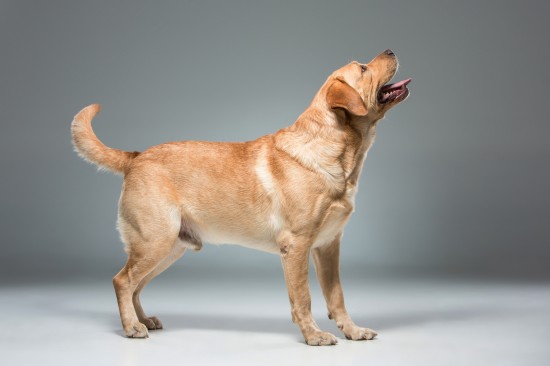
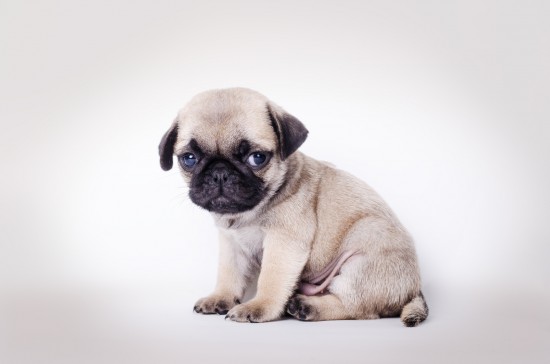
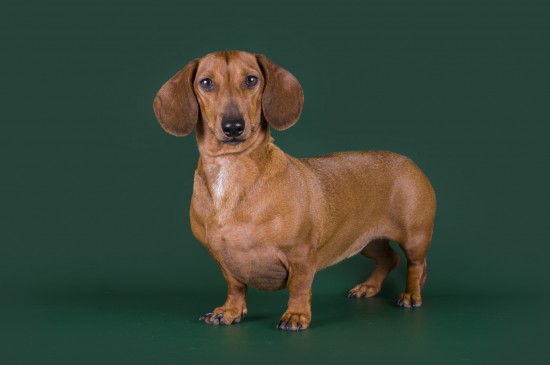
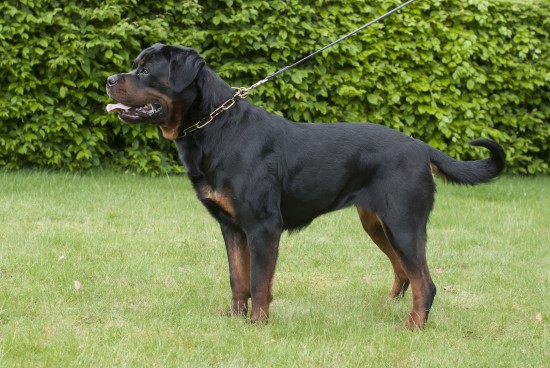
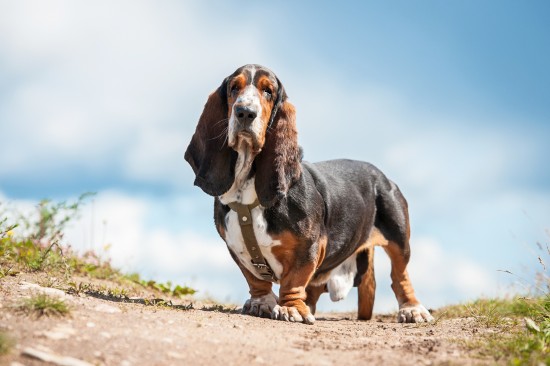
Getting the balance right between what you feed your dog and how much exercise they receive can be a tricky balancing act, but it is vital to get things right in order to avoid your dog becoming overweight or even obese. Obesity and weight problems can have a direct and potentially serious impact on your dog’s health, causing a wide range of problems from heart disease to breathing difficulties to issues with the limbs and muscles.
Regardless of your breed of dog, it is important to monitor their weight and food intake on an ongoing basis, and make changes as and when necessary to avoid them piling on the pounds. It is much easier to maintain your dog’s weight than it is to put them on a diet, and even carrying a few extra pounds throughout your dog’s life can have a serious impact upon their health when they are older.
While any type of dog can fall into the trap of too much food and not enough exercise, there are a few breeds of dog that are particularly prone to being overweight, for various reasons. In this article we will examine five dog breeds that are prone to obesity, and some tips for how to tackle it. Read on to learn more.
The Labrador retriever is one of the most popular medium sized dog breeds within the UK, and one that should also be one of the most active, fittest and most lively dogs around! However, the vast majority of Labradors in the UK are overweight, ranging from a few extra pounds to horrendously obese.
There are a couple of reasons for this, one being the fact that the Labrador retriever is first and foremost an active working breed that has a hearty appetite and should spend several hours per day outside and walking. The other reason is that Labradors really do think with their stomachs, and are always on the beg for treats, as well as being the breed most likely to scavenge for food and pick up undesirable abandoned food out on their walks.
When your Labrador is a young adult, you should take their measurements and find out their ideal weight, and maintain this for the duration of their life. This means that you will likely need to pay more attention to how much exercise your Lab gets, and how much they eat, in order to avoid them gaining weight as they age and become more sedentary.
The pug is a short, squat roly-poly dog to start with, and not one that is designed to work or sport a particularly lean figure. While the pug certainly has a fairly rounded figure, they should not resemble a potato nor be noticeably fat and squishy! While the pug is a playful, fun loving dog, their short legs and squashed faces can cause an intolerance for high levels of exercise, which means that it is important to keep them fit and moderate their food intake to match their lifestyles.
The Dachshund or sausage dog has short legs and a long body, which can lead to spinal problems as well as making the dog unable to run flat out for long periods of time comfortably. The shape and build of the Dachshund makes it particularly important to keep an eye on their weight, as being too heavy can exacerbate problems with the limbs and spine.
Dachshund should be fed a balanced diet and not be fed too many treats or snacks, and they should be walked briskly at least two or three times per day to keep them in good condition.
The Rottweiler is a naturally large, heavy and muscular dog, but they certainly should not be fat! While Rottweilers are strong and well padded, their ideal shape should be lean and muscular and not fat and round! The Rottweiler is one of the breeds most likely to run to fat as an adult, as they are fairly slow-paced and sedentary anyway, and are more effective watchdogs and guard dogs than they are fast runners!
It is vital to measure your dog’s food out carefully to match their life stage and activity levels, and work hard to keep them active with long and steady walks rather than short, high energy walks throughout their lives.
The Basset hound has a large, long body and short legs, due to a form of canine dwarfism that makes the Basset not one of the most energetic or speedy of dog breeds. Added to this, care should be taken to avoid placing undue pressure and stress on the limbs, and so lots of jumping around or high energy play should be minimised. This can make maintaining weight a challenge, as the Basset hound is fairly heavy in the body and has a hearty appetite.
Again, monitoring food intake and making plenty of provision for walks at the dog’s own pace can help to keep them at a healthy weight.
Copyright © 2005-2016 Pet Information All Rights Reserved
Contact us: www162date@outlook.com